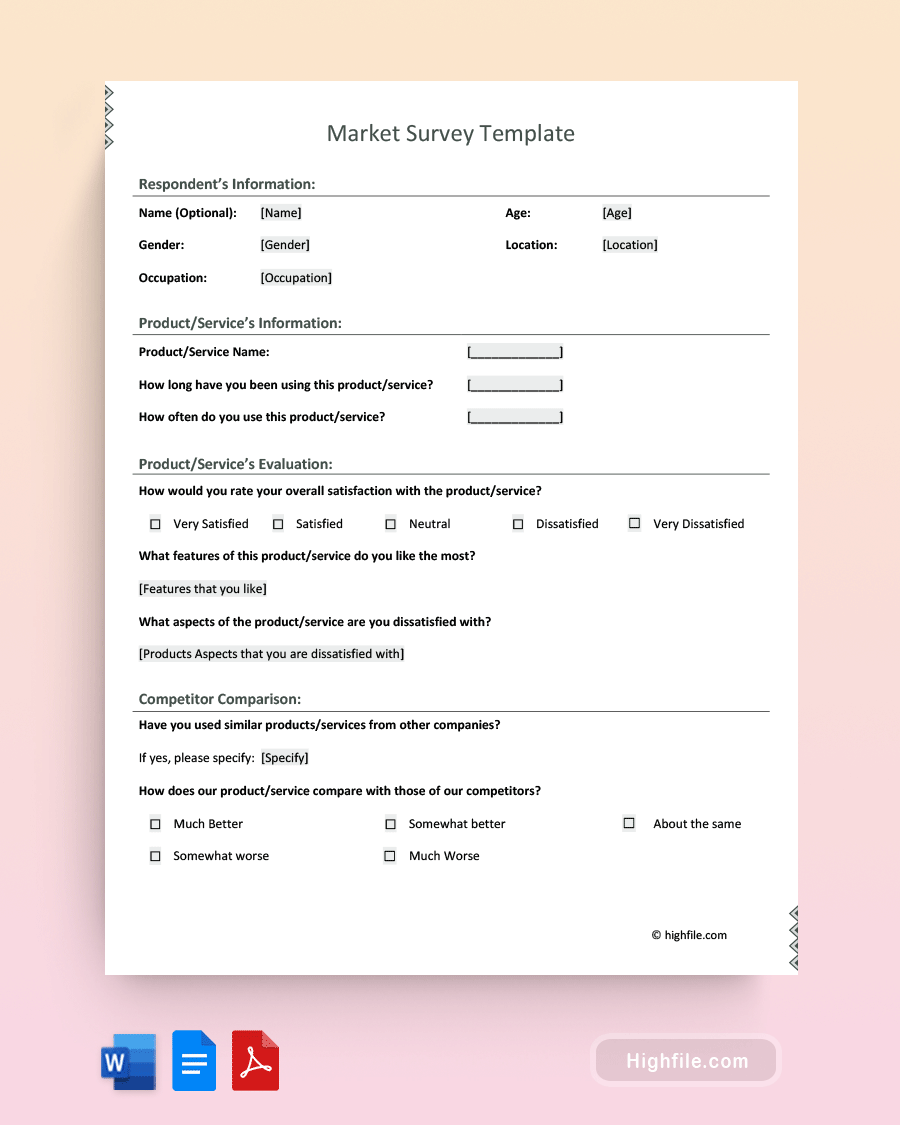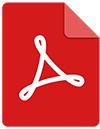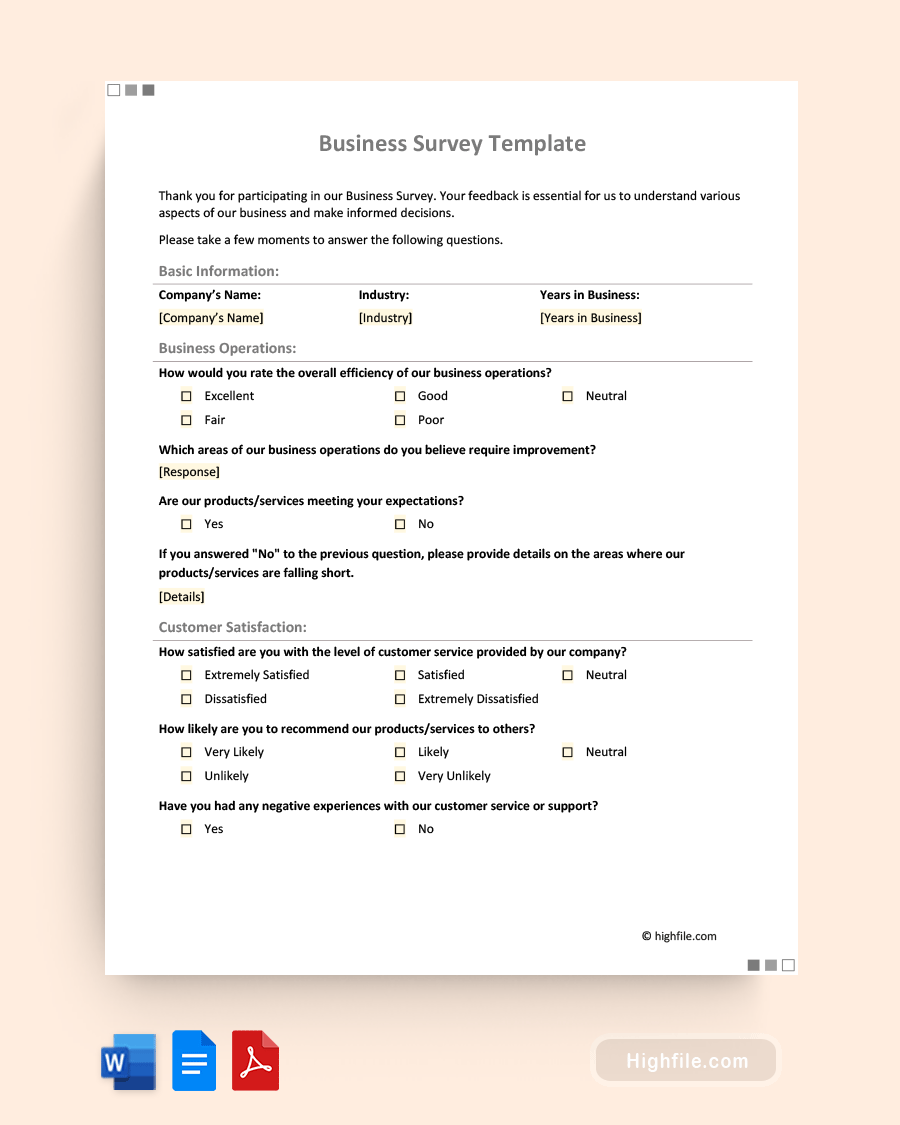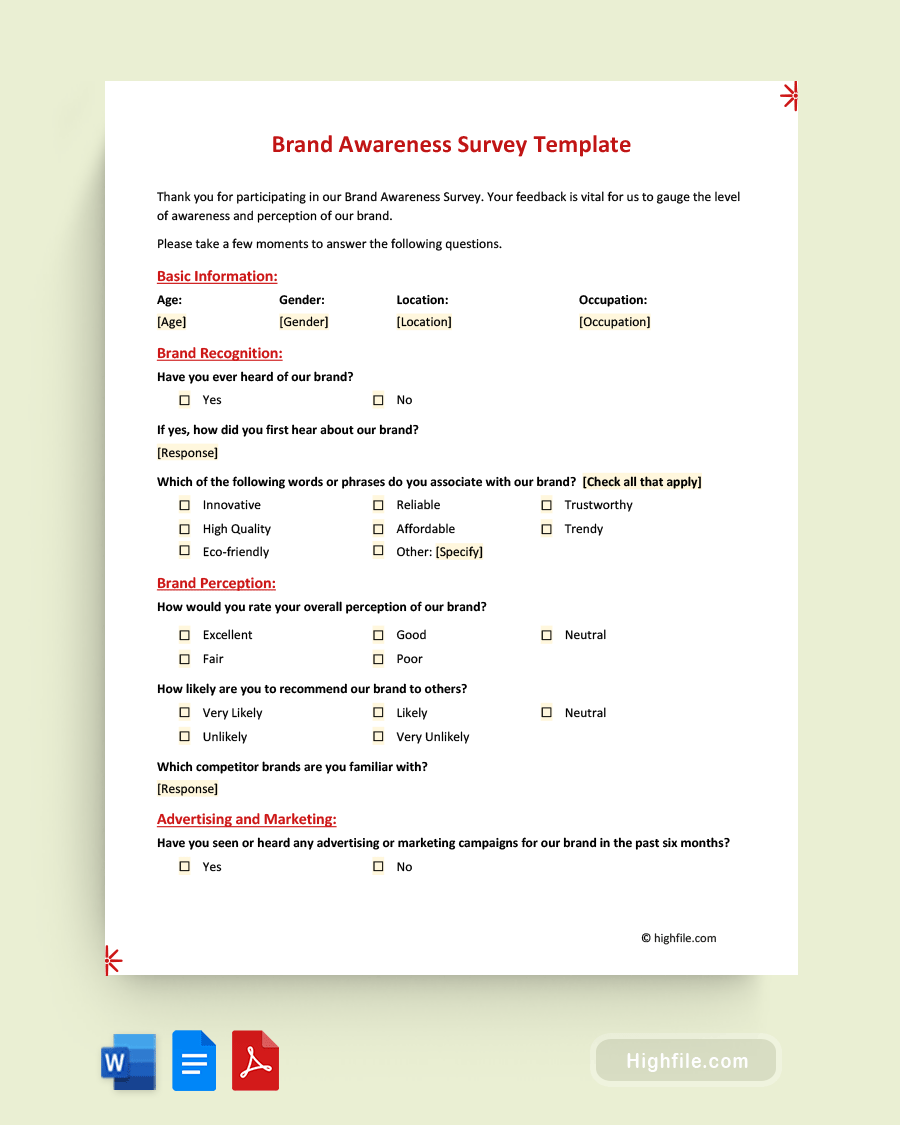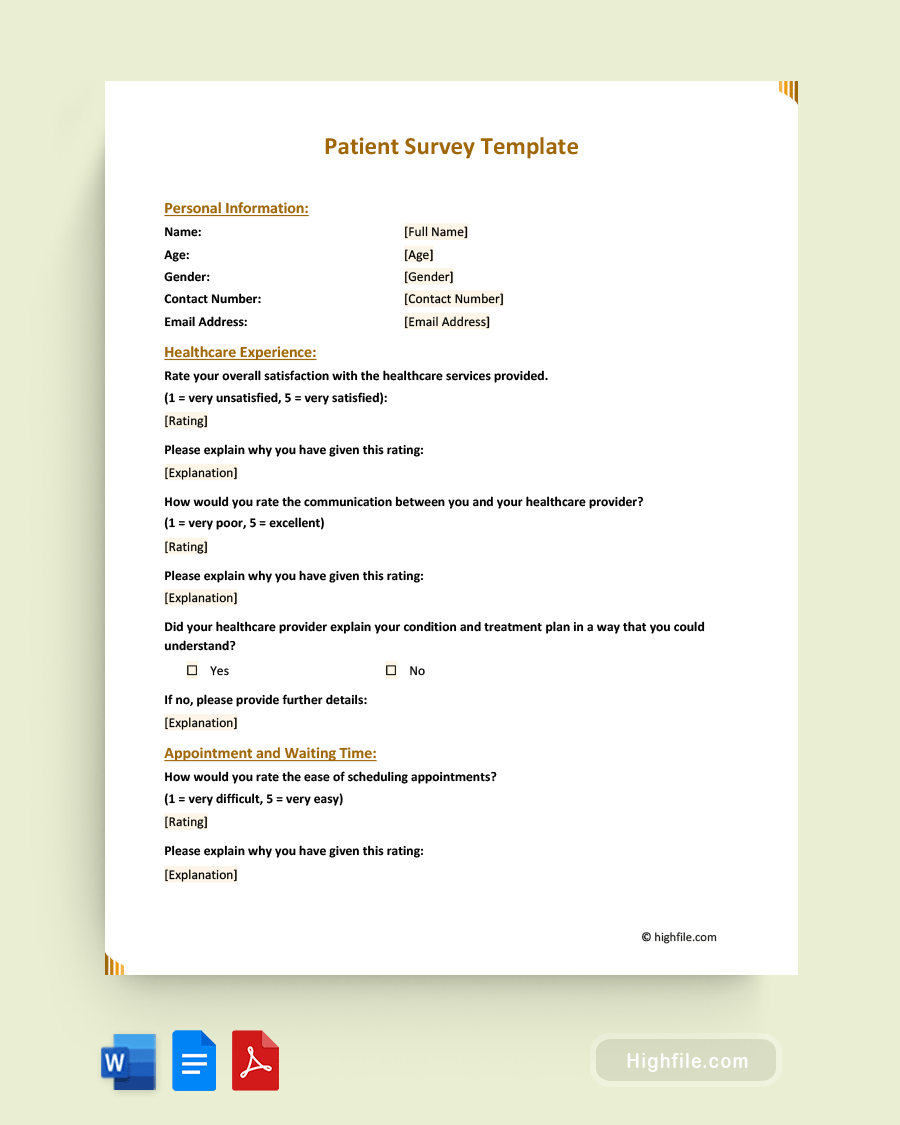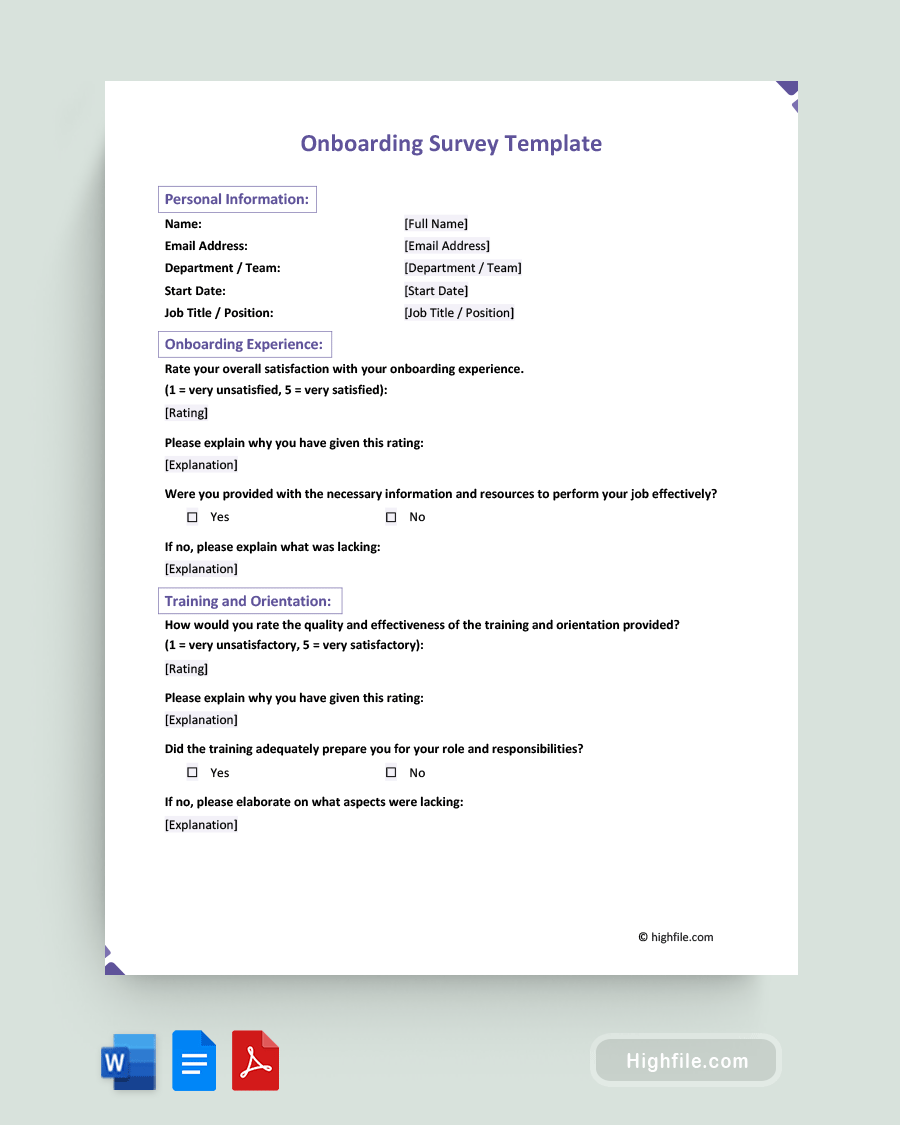Market research is critical for many industries. Knowing what your customers and target audience want, need, enjoy, and dislike can significantly impact your bottom line. A survey is one of the most efficient ways to collect the data you need. However, there’s an art and a science to putting together a quality questionnaire. Using a professional Market Survey Template can help ensure you provide a thorough and professional survey that asks the right questions in the right way to obtain high-quality, usable data. Let’s explore how these incredibly useful documents work.
What Is a Market Survey Template?
A market survey template is a pre-designed framework for crafting a questionnaire used to gather information and insights from a target audience. You then use the survey to get their opinions and preferences and study behaviors related to your specific market or industry. The template is a standardized formula for market research that allows organizations to collect consistent data across survey participants. Market survey templates help you organize and deliver a series of questions that cover relevant topics customized to suit specific research objectives.
Why Is Market Survey Template Important?
Using a market survey template is important because it allows you to save time and produce a professional questionnaire. Here are all the reasons you should be using this vital document:
- Consistency: A market survey template ensures consistent data collection. You get more easily assessable information by using a standardized set of questions and response options.
- Time Efficiency: It saves time and effort. Eliminating the need to create a survey from scratch allows researchers to focus on data analysis and insights.
- Data Comparability: The use of a template enables easy comparison of results across different surveys or time periods. This is helpful for trend analysis and identifying patterns.
- Research Validity: A properly designed survey template ensures the validity and reliability of the research findings. Using proven question formats and response scales simplifies the process.
- Participant Understanding: A template provides clear instructions. It structures questions in a logical flow, enhancing respondents’ understanding of the objectives.
- Customization Flexibility: Researchers can quickly and easily customize different elements. For example, you can add or modify questions to tailor the survey to your specific research needs.
Essential Elements of Market Survey Template
The essential elements of a market survey template aim to gather all the appropriate information and data to help improve products or marketing efforts. Here’s what you should include in your document:
- Form Title: The form title sets the context and purpose of the survey.
- Respondent Information: This area collects demographic or background information about the respondents, like their age, gender, occupation, location, or any other relevant details.
- Product or Service Information: Next, you need a brief description of the product or service being evaluated in the survey with a few key details, such as its features, benefits, usage scenarios, or any other relevant information.
- Product or Service Evaluation: This is a set of questions that assess respondents’ perceptions, satisfaction, or experiences with the product or service, such as quality, performance, usability, reliability, and overall satisfaction levels.
- Competitor Comparison: The next section focuses on comparing the product or service being surveyed with its competitors. Respondents compare various factors such as price, features, customer support, or any other relevant aspects.
- Pricing: This category explores respondents’ opinions on the pricing of the product or service.
- Future Purchases and Recommendations: Here, respondents are asked about their likelihood of purchasing the product or service in the future.
- Suggestions and Feedback: This section allows respondents to provide open-ended suggestions, feedback, or comments.
- Gratitude Statement: The final statement expresses appreciation and gratitude to the respondents for their time and input.
FAQs
Here are a few effective strategies to increase response rates to your market survey:
Clear Communication: Communicate the purpose and importance of the survey to participants in the specific language. Emphasize how their feedback will contribute to future offerings or improvements.
Incentives: Offer incentives like discounts, gift cards, or exclusive content. Doing this helps to motivate respondents and show appreciation for their time and effort.
Short and Engaging: Keep the survey concise and engaging. Focus on essential questions and use visual elements or interactive features to enhance the experience.
Mobile-Optimized: Make your survey mobile-friendly and accessible on various devices. When you accommodate respondents who prefer taking surveys in different ways, you get a larger pool of survey takers.
Reminder Emails: Send friendly reminders to participants who haven’t completed the survey. Reiterate the deadline and the value of their feedback.
Personalization: Personalize survey invitations and communications whenever possible. Doing this makes respondents feel valued and increases their willingness to participate.
We’ve collected a few of our best tips for avoiding survey fatigue and ensuring you can collect all the necessary data on the list below.
Prioritize Questions: Only ask demographic questions and those that align with the research objectives. Avoid unnecessary or redundant inquiries.
Segmentation: Break longer surveys into shorter sections or modules. This lets respondents complete the survey in multiple sessions.
Progress Indicators: Include progress indicators or a visual representation of the completion status to give respondents a sense of progress.
Question Logic: Use skip logic or branching. This technique tailors the survey experience based on respondents’ previous answers so they only see relevant questions.
Engaging Design: Use a visually appealing and user-friendly design.
Consider Timing: Consider the optimal timing for survey distribution and take into account respondents’ availability.
You can easily use the same market survey template for different products or services by customizing specific sections or questions to reflect the unique attributes or features of each. By doing this, you get consistency in and core aspects of the template, like demographic questions and survey structure, but you can tailor the content to gather insights specific to each product or service. This approach ensures a balance between standardization and customization.
Deciding on the appropriate length for a market survey requires careful consideration of your needs and your target audience. There is no single ‘perfect’ length. Here’s what to keep in mind:
Research Objectives: Determine the specific information you need to gather.
Respondent Demographics: Consider your target audience’s characteristics and relative willingness to engage with longer surveys.
Pilot Testing: Test on a sample group to gauge the time required to complete the survey. Then gather feedback on its length and the overall experience.
Depth and Length: Strike a balance between collecting sufficient data and respecting respondents’ time by being concise.
Ask Once: Eliminate any redundancies.
Consider Response Rate: Longer surveys often result in lower response rates. Weigh your need for data against the potential trade-off in participation.
Key Points
A market survey template is one of the best ways to collect consistent and reliable data from a target audience. It enhances efficiency, data comparability, and research validity while offering a helpful and thorough structure for your questionnaire. You can increase response rates by employing incentives, visually dynamic elements, and completion bars on digital surveys. Avoiding survey fatigue raises completion rates. By prioritizing crucial questions, avoiding redundancies, and reminding respondents how much you value their insight, you will typically notice better responses and less survey abandonment. Always customize the template for your products or services. You can even use the same template to make custom surveys for different audiences, services, or products. Researchers can gather valuable insights to inform decision-making and drive business success by leveraging a well-designed market survey template like ours to craft the ideal survey experience.
